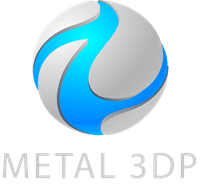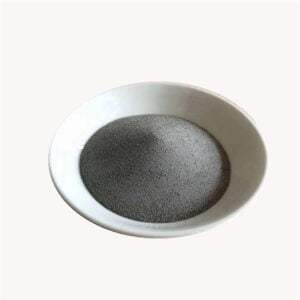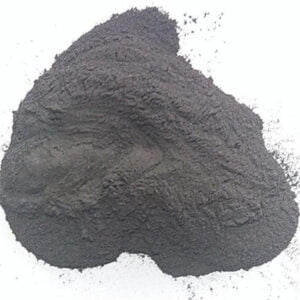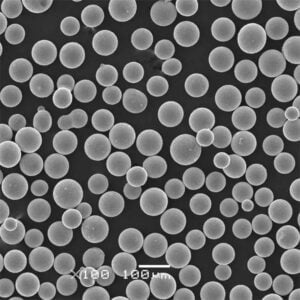Imagine a world where machinery doesn’t grind to a halt due to wear and tear. Where tools maintain their sharp edges for longer, and components resist abrasion like champions. This is the reality that chrome powder hard alloys bring to the table.
These remarkable materials are meticulously crafted by combining the strength of metal powders with the incredible hardness of ceramic particles. Think of it like a superhero team – the metal powders provide a robust foundation, while the ceramic particles act as the ultimate defense against wear. The result? A potent blend that conquers friction and extends the lifespan of your most critical industrial components.
But before we delve deeper, let’s unpack the nitty-gritty of chrome powder hard alloys.
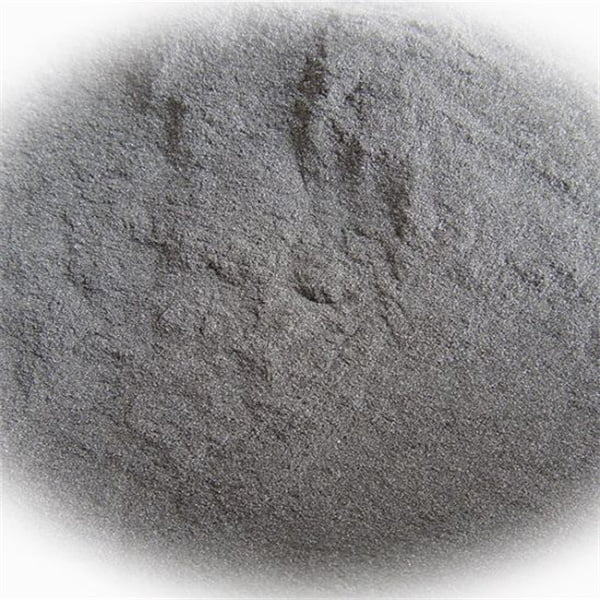
understanding 크롬 분말 경질 합금
금속 분말: The base of these alloys is typically composed of:
- 니켈: This versatile metal provides excellent strength, ductility, and corrosion resistance, forming the backbone of the alloy.
- 크롬: Imagine a knight’s armor – that’s what chromium brings to the party. It enhances the alloy’s hardness and resistance to oxidation.
- Iron: Ever wondered why cast iron skillets are so durable? Iron contributes to the alloy’s overall strength and wear resistance.
- 몰리브덴: Think of molybdenum as the secret ingredient for high-temperature performance. It bolsters the alloy’s resistance to softening at elevated temperatures.
Ceramic Particles: The secret weapon in this arsenal is:
- Chromium Carbide (Cr3C2): This incredibly hard ceramic acts like microscopic diamonds, dramatically increasing the alloy’s resistance to abrasion and wear.
The Bonding Magic: These individual components are then fused together through a process called sintering. Imagine tiny building blocks magically transforming into a unified structure – that’s the essence of sintering. The final product is a robust alloy with exceptional wear resistance.
Exploring the Diverse Lineup of Chrome powder hard alloy
Now, let’s meet some of the prominent players in the chrome powder hard alloy league, each boasting unique properties for specific applications:
- WC-Ni (Tungsten Carbide-Nickel): A classic choice, offering a fantastic balance of hardness, toughness, and wear resistance. It excels in applications like cutting tools, wear plates, and dies.
- CrC-Ni (Chromium Carbide-Nickel): This alloy shines in high-temperature environments due to its superior oxidation resistance. It’s a champion in applications like furnace components, heat exchangers, and hot stamping tools.
- (Fe,Cr)C-Ni ((Iron, Chromium) Carbide-Nickel): Combining the best of both worlds, this alloy offers a good balance of hardness, toughness, and corrosion resistance. It’s a versatile choice for applications like gears, pump shafts, and wear liners.
- Ni-Si (Nickel-Silicon): This alloy prioritizes wear resistance with a lower hardness compared to others. However, it compensates with excellent high-temperature oxidation resistance and corrosion resistance, making it ideal for applications like exhaust manifolds and turbocharger components.
- Ni-Al (Nickel-Aluminum): This lightweight option boasts good wear resistance and excellent resistance to oxidation and sulfidation. It’s a popular choice for applications in the aerospace and automotive industries.
- CoCr-WC (Cobalt-Chromium-Tungsten Carbide): Imagine an alloy specifically designed for high-temperature and high-pressure environments. That’s CoCr-WC, favored in applications like gas turbine components and valve seats.
- Ni-Mo (Nickel-Molybdenum): This alloy prioritizes strength and toughness at elevated temperatures. It’s a reliable choice for applications like steam turbine blades and heat exchanger components.
- Fe-Cr-B-Si (Iron-Chromium-Boron-Silicon): This complex alloy offers exceptional wear resistance with good toughness. Think of it as the ultimate bodyguard for components facing extreme abrasion, making it ideal for applications like crusher jaws and wear liners in mining equipment.
- Ni-Fe-Cr-P (Nickel-Iron-Chromium-Phosphorus): This alloy prioritizes toughness and wear resistance, particularly in applications involving sliding wear. It’s a popular choice for components like gears, rolling mill rolls, and wear plates.
- Ni-Cr-Mo-B (Nickel-Chromium-Molybdenum-Boron): Imagine an alloy specifically designed for high-stress environments. That’s Ni-Cr-Mo-B, with excellent wear resistance and resistance to softening at elevated temperatures. It’s a champion in applications like hot forging dies and extrusion tooling.
Remember, this is just a glimpse into the diverse world of chrome powder hard alloys. Each specific alloy has its own unique composition and properties, tailored for specific applications.
의 응용 프로그램 크롬 분말 경질 합금
Chrome powder hard alloys aren’t just a bunch of fancy names – they’re workhorses in various industrial applications. Here’s where these remarkable materials truly showcase their power:
Metal Cutting and Forming:
- 절단 도구: Imagine drill bits that stay sharp longer, reducing downtime and improving productivity. Chrome powder hard alloys like WC-Ni and (Fe,Cr)C-Ni are perfect for this role, tackling challenging materials like steel, stainless steel, and cast iron.
- Dies and Punches: Think of these as the sculptors of the metalworking world. Chrome powder hard alloys like WC-Ni and Fe-Cr-B-Si excel in punching, shearing, and forming operations, maintaining their shape and delivering consistent results.
Wear and Abrasion Resistance:
- Wear Plates and Liners: In environments where constant friction reigns supreme, chrome powder hard alloys come to the rescue. Alloys like WC-Ni, (Fe,Cr)C-Ni, and Fe-Cr-B-Si are champions in protecting equipment from wear and tear, extending their lifespan significantly. Imagine conveyor belts gliding effortlessly and chutes resisting the onslaught of abrasive materials – that’s the power of these alloys in action.
- Gears and Rolling Mill Rolls: Gears are the workhorses of many machines, and chrome powder hard alloys like Ni-Fe-Cr-P and Fe-Cr-B-Si keep them running smoothly. These alloys resist wear from constant meshing and rolling, minimizing downtime and maintaining consistent performance.
High-Temperature Environments:
- Furnace Components and Heat Exchangers: Imagine components that withstand the fiery wrath of industrial furnaces. Chrome powder hard alloys like CrC-Ni and Ni-Si rise to the challenge, resisting oxidation and maintaining their structural integrity at elevated temperatures.
- Hot Stamping Tools and Molds: Forging and shaping hot metals require tools that can handle the heat. Alloys like CrC-Ni and Ni-Mo excel in these applications, transferring heat efficiently while maintaining their shape and delivering precise results.
기타 애플리케이션:
These versatile alloys extend their reach beyond the aforementioned sectors. They find applications in:
- 항공우주 산업: Lightweight options like Ni-Al reduce weight and improve fuel efficiency in aircraft components.
- 광업 및 건설: Highly wear-resistant alloys like Fe-Cr-B-Si guard against extreme abrasion in equipment like crusher jaws and wear liners.
- Food Processing Equipment: Corrosion-resistant options like Ni-Si ensure hygiene and longevity in food contact applications.
Choosing the Right Chrome powder hard alloy
With such a diverse range of alloys available, selecting the right one becomes crucial. Here are some key factors to consider:
- 애플리케이션: What specific task will the alloy perform? Cutting, forming, wear resistance, or high-temperature applications?
- Material Being Processed: Understanding the material the alloy will interact with (steel, aluminum, etc.) helps determine the necessary hardness and wear resistance.
- 작동 온도: Will the alloy be exposed to extreme heat? Alloys like CrC-Ni and Ni-Mo are better suited for high-temperature environments.
- 필수 속성: Prioritize the most critical properties – hardness, toughness, wear resistance, or corrosion resistance – based on the application.
Consulting with a specialist material supplier is highly recommended to ensure you select the optimal chrome powder hard alloy for your specific needs.
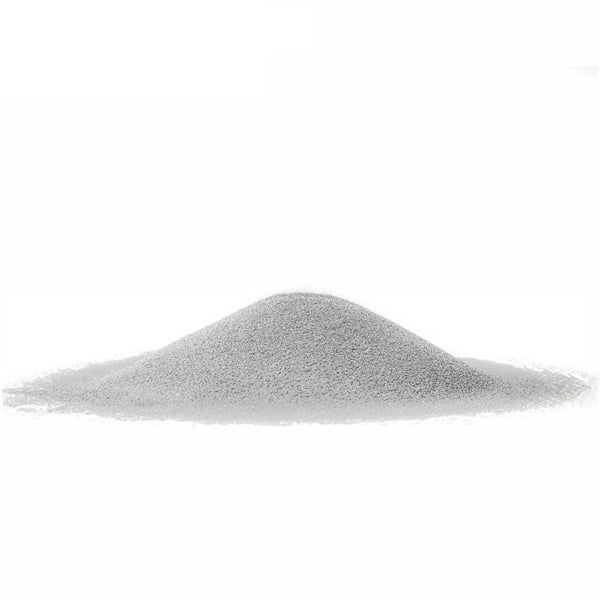
장점과 한계
Chrome powder hard alloys offer a compelling array of advantages:
- Exceptional Wear Resistance: They significantly outperform traditional materials, extending component lifespan and reducing downtime.
- 높은 경도: These alloys tackle challenging materials with ease, maintaining their cutting edge and delivering precise results.
- 뛰어난 강도와 견고함: They withstand heavy loads and resist cracking, ensuring reliable performance in demanding applications.
- 고온 성능: Certain alloys excel in hot environments, maintaining their structural integrity and functionality.
- 내식성: Specific options resist corrosion, making them ideal for applications involving harsh chemicals or environments.
However, it’s important to acknowledge their limitations:
- 비용: These alloys can be more expensive than conventional materials upfront. However, their extended lifespan and reduced downtime often justify the initial investment.
- 취성: Some alloys can be brittle, meaning they may crack under excessive impact. Careful selection based on the application is crucial.
- 기계 가공성: Certain alloys can be challenging to machine, requiring specialized techniques.
사양, 크기 및 표준
기술 사양 이해 chrome powder hard alloys empowers informed decision-making. Here’s a breakdown of key parameters:
화학 성분:
Each alloy boasts a unique blend of metal powders and ceramic particles. The specific percentages of these constituents determine the final properties of the alloy. Material suppliers typically provide detailed datasheets outlining the exact composition for each alloy they offer.
경도:
Measured in units like Rockwell Hardness (HR) or Vickers Hardness (HV), this value indicates the material’s resistance to permanent indentation. Higher hardness values translate to better wear resistance. Different alloys within the chrome powder hard alloy family offer varying degrees of hardness, catering to specific applications.
밀도:
This parameter reflects the mass per unit volume of the alloy. It influences the overall weight of the component and might be a consideration in certain applications, particularly in weight-sensitive industries like aerospace.
Modulus of Elasticity:
This value represents the material’s stiffness – its resistance to elastic deformation under load. A higher modulus of elasticity indicates that the alloy will deform less under stress, making it suitable for applications requiring dimensional stability.
Coefficient of Thermal Expansion (CTE):
This parameter describes how much the alloy expands with increasing temperature. Matching the CTE of the alloy to the material it will interact with minimizes thermal stresses that can lead to cracking or warping.
크기 및 등급:
Chrome powder hard alloys are available in various shapes and sizes. Common forms include:
- Powders: Used for thermal spraying applications where the alloy is deposited onto a substrate to create a wear-resistant coating.
- Round bars: Ideal for manufacturing cylindrical components like shafts, pins, and bushings.
- Flat bars: Suitable for creating wear plates, liners, and other flat components.
- Shapes: More complex geometries can be produced through processes like near-net-shape pressing or machining from larger blanks.
The specific size and grade (fineness) of the powder will depend on the intended application. For instance, finer powders are preferred for thermal spraying, while coarser powders might be suitable for processes like hot pressing.
표준:
Several international standards govern the specifications and testing procedures for chrome powder hard alloys. These standards ensure consistency and quality across different manufacturers. Some relevant standards include:
- ASTM 국제(ASTM): A prominent organization that publishes various standards related to materials, including those for metal powders and hardfacing alloys. (e.g., ASTM B214 for Nickel-Chromium Powders)
- 국제 표준화 기구(ISO): This global organization sets standards for a wide range of products and materials, including metallic materials. (e.g., ISO 4499 for Tungsten Carbide Powders)
Consulting the relevant standards for your specific application ensures the chosen chrome powder hard alloy meets the required performance criteria.
Suppliers and Pricing:
A multitude of global and regional suppliers offer chrome powder hard alloys in various forms. Pricing can vary depending on factors like:
- Specific Alloy: More complex alloys with higher performance characteristics typically command a premium price.
- 수량: Bulk purchases often benefit from economies of scale, translating to lower per-unit costs.
- Form: Powders are generally less expensive than machined parts due to the additional processing involved.
- 위치: Geographic factors and local market dynamics can influence pricing.
Carefully researching potential suppliers and comparing their offerings in terms of product quality, pricing, and delivery lead times is crucial for securing the optimal solution for your needs.
The next section will delve into a head-to-head comparison of different chrome powder hard alloys, highlighting their strengths and weaknesses to empower you to make informed decisions.
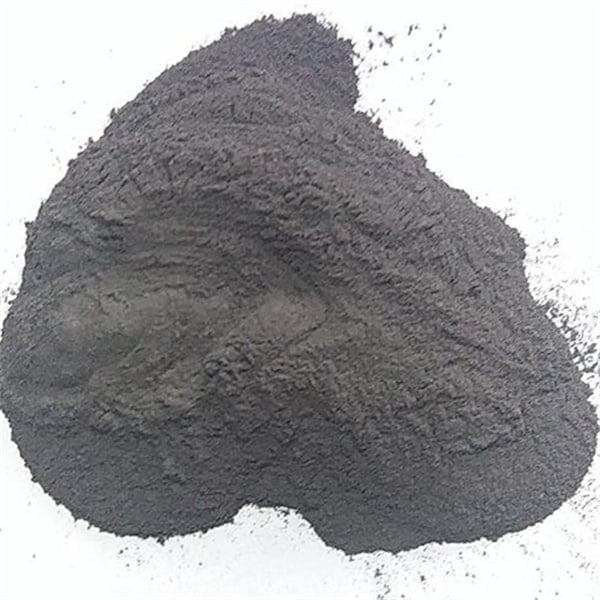
Chrome Powder Hard Alloy Showdown
With a diverse range of chrome powder hard alloys available, choosing the right one can feel like navigating a maze. This section throws down a challenge, pitting some of the most common alloys against each other to illuminate their strengths and weaknesses in a side-by-side comparison. Let’s get ready to rumble!
Contenders in the Ring:
- WC-Ni (Tungsten Carbide-Nickel): The classic warrior, renowned for its exceptional hardness and wear resistance.
- CrC-Ni (Chromium Carbide-Nickel): The high-temperature hero, boasting superior oxidation resistance.
- (Fe,Cr)C-Ni ((Iron, Chromium) Carbide-Nickel): The all-rounder, offering a good balance of hardness, toughness, and corrosion resistance.
- Ni-Si (Nickel-Silicon): The wear warrior with a focus on high-temperature oxidation resistance.
Round 1: Hardness and Wear Resistance
This is where WC-Ni shines. Its high tungsten carbide content makes it the undisputed champion in terms of sheer hardness and resistance to abrasive wear. It’s the go-to choice for applications like cutting tools and wear plates where battling friction is the name of the game.
Round 2: High-Temperature Performance
Here, CrC-Ni takes center stage. Its chromium carbide content grants it exceptional resistance to oxidation at elevated temperatures. It’s the ideal choice for furnace components and hot stamping tools that need to withstand the fiery wrath of industrial processes.
Round 3: Toughness and Corrosion Resistance
This round ends in a draw between (Fe,Cr)C-Ni and Ni-Si. Both offer a good balance of hardness and toughness, making them suitable for applications like gears and pump shafts. Additionally, Ni-Si boasts impressive corrosion resistance, making it a valuable player in environments where chemical exposure is a concern.
The Verdict: A Strategic Choice, Not a Knockout
There’s no single “best” chrome powder hard alloy. Each contender has its strengths and weaknesses, making it crucial to select the one that best aligns with your specific application needs.
Here’s a quick cheat sheet to guide your decision-making:
- Need the ultimate in hardness and wear resistance? WC-Ni is your champion.
- Battling high temperatures? CrC-Ni is your heat-resistant hero.
- Seeking a balanced option with good toughness and corrosion resistance? Consider (Fe,Cr)C-Ni or Ni-Si, depending on your specific needs.
Remember, consulting a material supplier with expertise in chrome powder hard alloys is highly recommended. They can provide invaluable guidance in selecting the optimal alloy for your unique application.
자주 묻는 질문
Even after exploring the world of chrome powder hard alloys, some lingering questions might remain. Here’s a breakdown of some frequently asked questions to shed further light:
Q: Are chrome powder hard alloys difficult to machine?
A: The machinability of these alloys can vary depending on the specific composition. Generally, alloys with higher carbide content can be more challenging to machine and might require specialized tooling or techniques. However, advancements in machining technology have made it possible to machine many chrome powder hard alloys effectively.
Q: Can chrome powder hard alloys be welded?
A: Welding these alloys can be challenging due to potential cracking or heat-affected zone issues. However, specialized welding techniques like laser welding or friction welding can be employed in certain situations. Consulting with a welding expert is recommended before attempting to weld chrome powder hard alloys.
Q: How do chrome powder hard alloys compare to traditional materials like hardened steel?
A: While hardened steel offers good wear resistance, chrome powder hard alloys generally outperform them in terms of sheer hardness, resistance to abrasive wear, and high-temperature performance. However, the cost factor needs to be considered, as chrome powder hard alloys can be more expensive upfront.
Q: Are there any environmental considerations associated with chrome powder hard alloys?
A: The manufacturing process of some chrome powder hard alloys might involve materials or processes with environmental implications. Responsible manufacturers prioritize eco-friendly practices and adhere to relevant environmental regulations.
